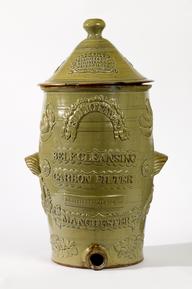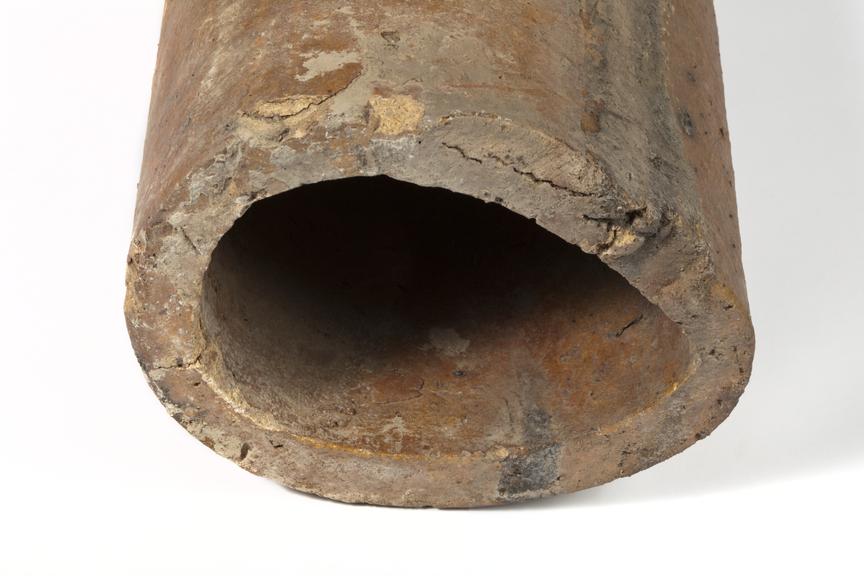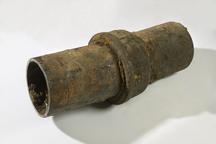

Egg-shaped section of sewer




Egg-shaped section of ceramic sewer pipe. Installed in Manchester city centre around 1847.
As Manchester expanded and more and more land was built on, preventing water from naturally soaking into the ground, the question of how to drain the city’s streets became increasingly important. In the early 1800s Manchester started to build one of the earliest sewerage systems in the country but the flat-bottomed sewers were easily blocked. In the middle of the nineteenth century, engineers designed egg-shaped sewer pipes like this. The shape was supposed to help prevent blockages. This all helped to get rainwater off the streets but was not designed to deal with the problem of human waste.
Details
- Category:
- Water Supply & Sanitation
- Object Number:
- Y1988.65.2
- Materials:
- ceramic
- type:
- sewer section




